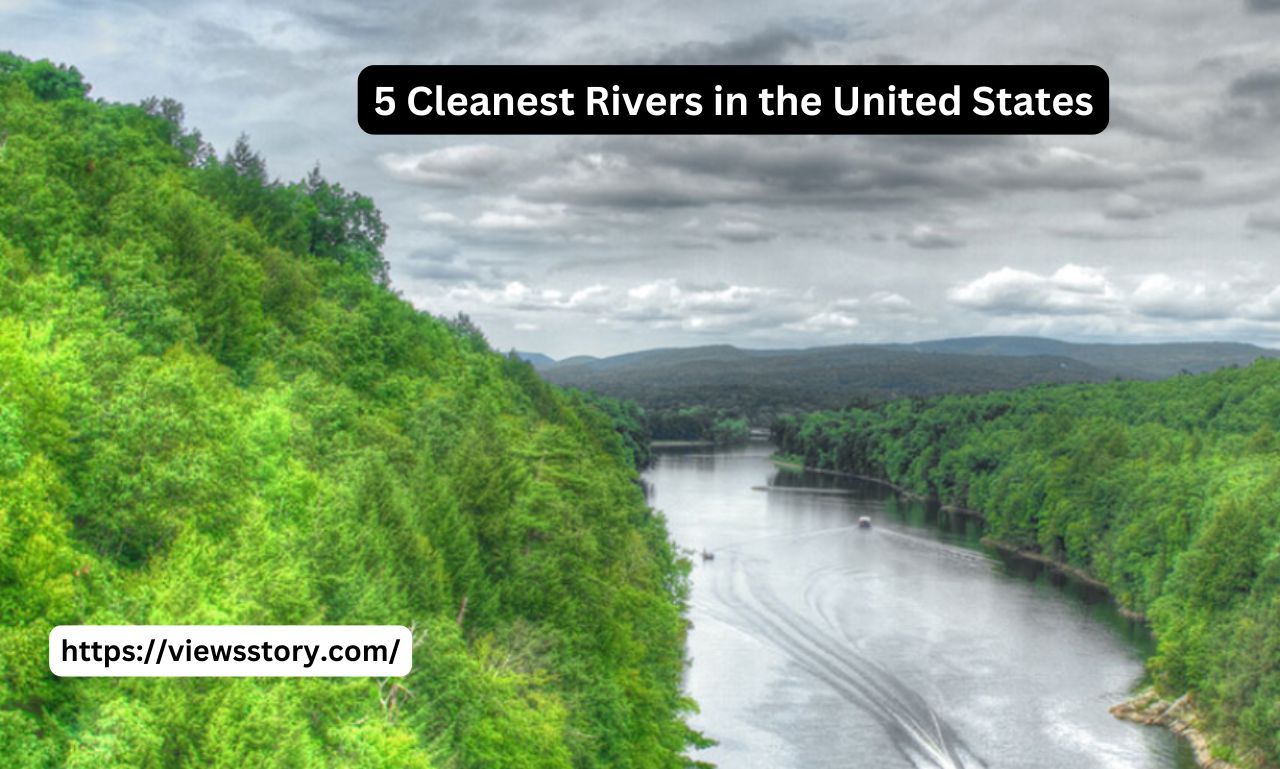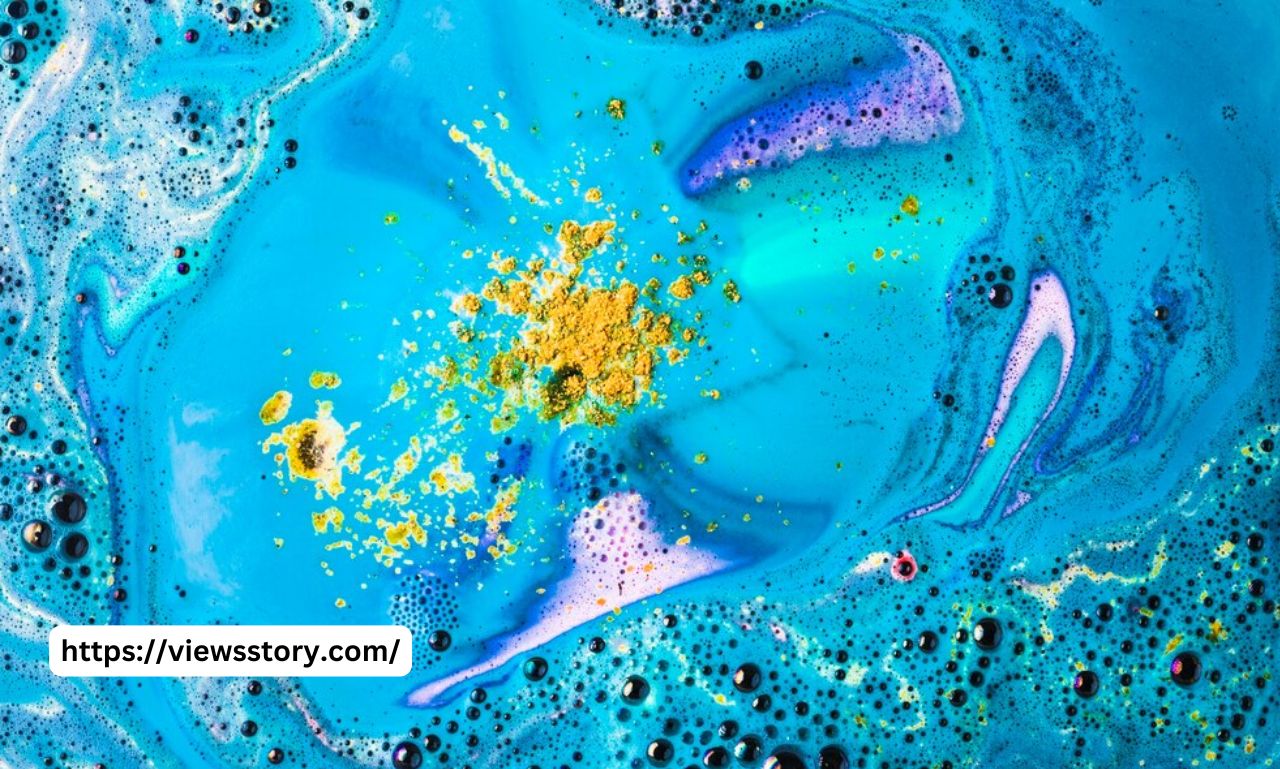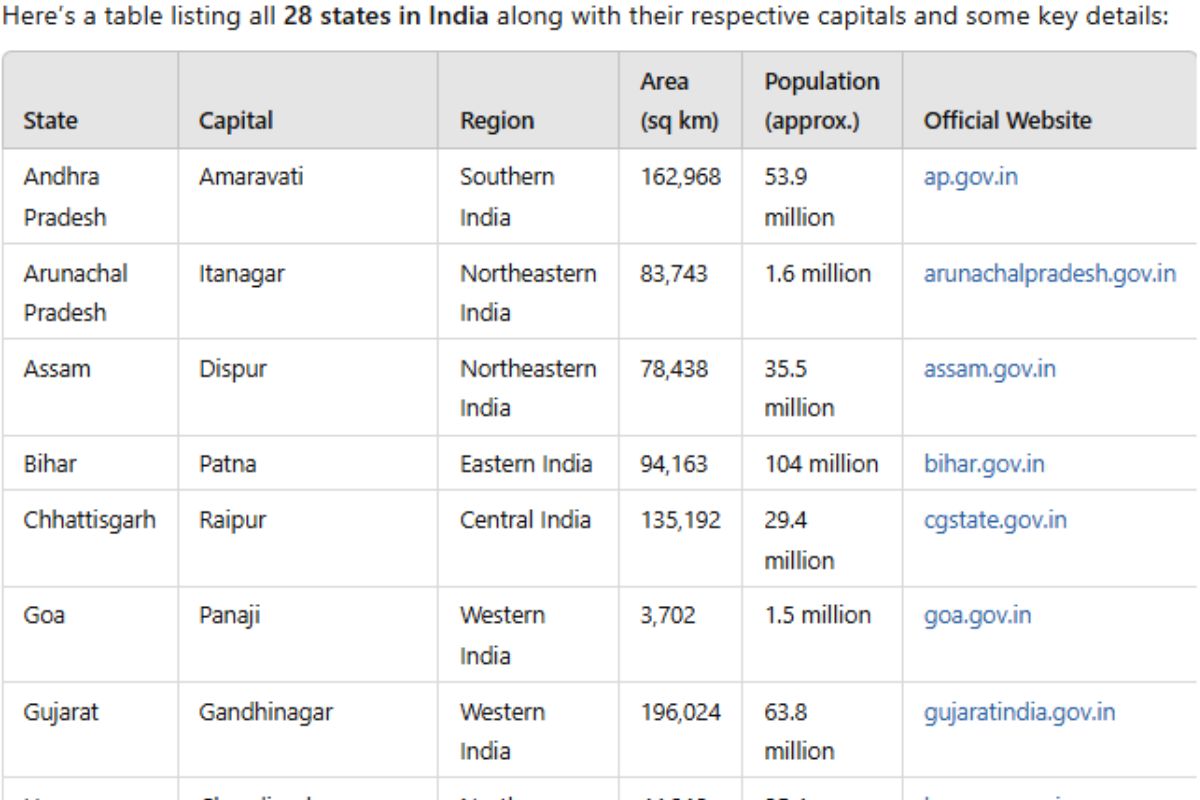What Defines a Clean River?
- Water Quality: Clean rivers have minimal levels of pollutants, including chemicals, heavy metals, and sediments. Water quality is assessed through various parameters such as pH, dissolved oxygen, and turbidity.
- Ecosystem Health: A clean river supports a balanced aquatic ecosystem, including a variety of fish, plants, and invertebrates. Healthy ecosystems contribute to stable water quality.
- Clarity: Clear water indicates low levels of suspended particles and algae, which are often signs of pollution. High clarity enhances both aesthetic and recreational value.
Importance of Clean Rivers
- Environmental Impact: Clean rivers are crucial for sustaining wildlife and plant life. They support complex food webs and provide habitats for species that may be endangered or sensitive to pollution.
- Human Health: Access to clean rivers is vital for drinking water, especially in rural areas. Additionally, clean rivers reduce the risk of waterborne diseases and ensure safe recreational activities.
- Economic Value: Clean rivers attract tourists, boost local economies through fishing and recreation, and can increase property values in surrounding areas.
Top Cleanest Rivers in the United States
1. The Connecticut River
Location and Overview
- Region: Flowing through New Hampshire, Vermont, Massachusetts, and Connecticut.
- Length: Approximately 407 miles.
- Significance: As the longest river in New England, it has a rich history and serves as a critical water source for the region.
Water Quality
- Cleanliness: The Connecticut River has benefited from significant pollution control measures and restoration projects, resulting in improved water quality.
- Restoration Efforts: Programs like the Connecticut River Conservancy work on reducing pollution and protecting river habitats.
Recreational Activities
- Boating: The river is ideal for both motorized and non-motorized boating, offering scenic views of the New England countryside.
- Fishing: Anglers can catch species such as bass, trout, and shad. The river’s clean water supports healthy fish populations.
2. The Snake River
Location and Overview
- Region: Originates in Wyoming’s Teton Range, flowing through Idaho, and into Washington before joining the Columbia River.
- Length: About 1,078 miles.
- Significance: The Snake River is a vital waterway for agriculture, energy production, and recreation in the Pacific Northwest.
Water Quality
- Cleanliness: Parts of the river, especially in protected areas like the Snake River Canyon, are known for their pristine water quality.
- Conservation: Efforts include habitat restoration for salmon and other species impacted by damming and agricultural runoff.
Recreational Activities
- Whitewater Rafting: Known for its exciting rapids, particularly in the Hell’s Canyon area.
- Hiking: Trails such as the Rim Trail offer spectacular views of the river and surrounding landscapes.
RELETED: 10 Dangerous city in USA
3. The Yellowstone River
Location and Overview
- Region: Flows through Montana, Wyoming, and North Dakota, eventually joining the Missouri River.
- Length: Approximately 692 miles.
- Significance: The river is renowned for its pristine beauty and as a key water source for the Yellowstone National Park ecosystem.
Water Quality
- Cleanliness: The Yellowstone River is protected by national park regulations that limit industrial and agricultural activities, maintaining its high water quality.
- Environmental Protection: Conservation efforts focus on preserving the river’s natural state and addressing issues like invasive species and habitat destruction.
Recreational Activities
- Fishing: Offers world-class trout fishing, attracting anglers from across the country.
- Wildlife Viewing: Home to a variety of species including bison, elk, and eagles.
4. The Brule River
Location and Overview
- Region: Located in Wisconsin, flowing through the Brule River State Forest.
- Length: About 43 miles.
- Significance: The Brule River is a designated Wild River, known for its exceptional water quality and natural beauty.
Water Quality
- Cleanliness: Maintained by strict state regulations and conservation efforts, the Brule River has some of the clearest water in the Midwest.
- Preservation: The river is monitored regularly for pollutants, and efforts are made to prevent runoff and erosion.
Recreational Activities
- Canoeing: Popular for its gentle rapids and scenic views, ideal for both novice and experienced paddlers.
- Camping: Offers several campsites along the river, providing a natural, rustic experience.
RELETED: 10 Best View Hotels in New York City
5. The James River
Location and Overview
- Region: Flows through Virginia, from the Blue Ridge Mountains to the Chesapeake Bay.
- Length: Approximately 340 miles.
- Significance: The James River is crucial for its role in historical events and its ecological importance to the Chesapeake Bay watershed.
Water Quality
- Cleanliness: The river has seen significant improvements in water quality due to restoration projects and pollution control measures.
- Restoration Projects: Efforts focus on reducing nutrient pollution and improving habitat conditions.
Recreational Activities
- Kayaking: Offers a range of experiences from calm waters to moderate rapids.
- Bird Watching: The river is home to diverse bird species, including ospreys and bald eagles.
Efforts to Maintain Clean Rivers
Government Initiatives
- Legislation: Laws such as the Clean Water Act aim to reduce pollution and protect water quality across the United States.
- Funding: Federal and state grants support river cleanup projects, water monitoring programs, and habitat restoration.
Community Involvement
- Volunteer Programs: Organizations like Riverkeepers and local environmental groups organize clean-up events and conservation activities.
- Educational Outreach: Programs educate the public on the importance of maintaining clean rivers and how to reduce personal environmental impact.
Technological Advancements
- Water Testing: Modern technologies such as remote sensing and automated sampling systems provide real-time data on water quality.
- Pollution Control: Advances in filtration and treatment technologies help prevent pollutants from entering rivers and waterways.
Conclusion
The cleanest rivers in the United States, including the Connecticut, Snake, Yellowstone, Brule, and James Rivers, represent a successful combination of natural beauty and concerted conservation efforts. These rivers not only offer stunning recreational opportunities but also highlight the importance of maintaining high water quality for ecological health and human well-being. Ongoing protection and restoration initiatives are crucial for preserving these valuable natural resources for future generations.








